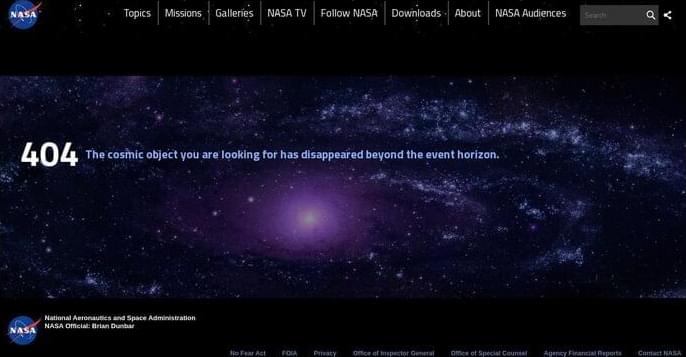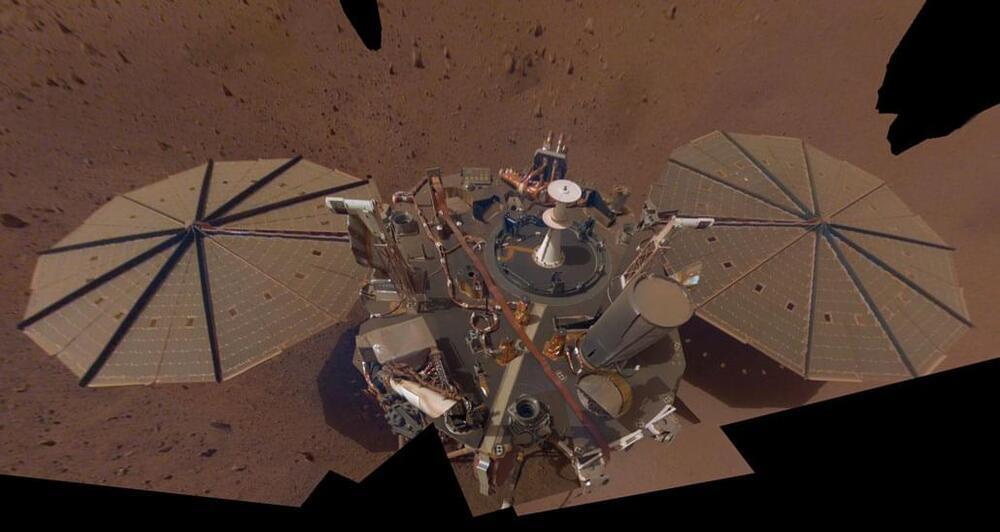Physicists are building neural networks out of vibrations, voltages and lasers, arguing that the future of computing lies in exploiting the universe’s complex physical behaviors.


Continuing our look at Dyson Spheres we examine the concept of the Nicoll-Dyson Beam, a type of advanced weapon that uses the output of an entire sun to create a laser that can strike target across the galaxy.
Support the Channel on Patreon:
https://www.patreon.com/IsaacArthur.
Listen or Download the audio of this episode from Soundcloud:
https://soundcloud.com/isaac-arthur-148927746/ms09-nicoll-dyson-beams.
Support the Channel on Patreon:
https://www.patreon.com/user?ty=h&u=3365828
Featured Artist Jakub Grygier’s page:
https://www.artstation.com/artist/jakub_grygier

NASA director Bill Nelson warned that China’s space program was primarily established to be used as an extension of its military rather than for peaceful or scientific purposes.
By Trevor Filseth L
China’s Foreign Ministry issued a condemnation on Monday of reports from the United States that Beijing intends to pursue exclusive control over the Moon in the future, accusing administrators within the U.S. National Aeronautics and Space Administration (NASA) of ignoring facts and speaking “irresponsibly” about China’s space program.
Meet the 10-foot-tall (3 meters) Mars Ascent Vehicle.
The 10-foot-tall (3 meters) Mars Ascent Vehicle will blast rock, sediment and atmospheric samples off Mars in the early 2030s, in the first-ever rocket launch from the surface of another planet.

The Space Force has assumed command of a new unit that will be focused on keeping an eye out for foreign threats in space, but it comes as Congress is warning the small service branch that it has to prepare to slow its growth.
Delta 18 and the brand-new National Space Intelligence Center were officially commissioned late last month at Wright-Patterson Air Force Base in Dayton, Ohio. It will be staffed by nearly 350 civilian and military personnel.
Delta 18’s mission is to “deliver critical intelligence on threat systems, foreign intentions, and activities in the space domain to support national leaders, allies, partners and joint war fighters,” according to a press release.

After analyzing data gathered when NASA’s OSIRIS-REx spacecraft collected a sample from asteroid Bennu in October 2020, scientists have learned something astonishing.
Analyses of seismic waves picked up by NASA’s InSight lander shed new light on the planet’s core and give clues to the thickness of the crust.

Mars has had its first CT scan, thanks to analyses of seismic waves picked up by NASA’s InSight lander. Diagnosis: The Red Planet’s core is at least partially liquid, as some previous studies had suggested, and is somewhat larger than expected.
InSight reached Mars in late 2018 and soon afterward detected the first known marsquake (SN: 11/26/18; SN: 4/23/19). Since then, the lander’s instruments have picked up more than a thousand temblors, most of them minor rumbles. Many of those quakes originated at a seismically active region more than 1,000 kilometers away from the lander. A small fraction of the quakes had magnitudes ranging from 3.0 to 4.0, and the resulting vibrations have enabled scientists to probe Mars and reveal new clues about its inner structure.
Simon Stähler, a seismologist at ETH Zurich, and colleagues analyzed seismic waves from 11 marsquakes, looking for two types of waves: pressure and shear. Unlike pressure waves, shear waves can’t pass through a liquid, and they move more slowly, traveling side to side through solid materials, rather than in a push-and-pull motion in the same direction a wave is traveling like pressure waves do.

The motion of a tiny number of charged particles may solve a longstanding mystery about thin gas disks rotating around young stars, according to a new study from Caltech.
These features, called accretion disks, last tens of millions of years and are an early phase of solar system evolution. They contain a small fraction of the mass of the star around which they swirl; imagine a Saturn-like ring as big as the solar system. They are called accretion disks because the gas in these disks spirals slowly inward toward the star.
Scientists realized long ago that when this inward spiraling occurs, it should cause the radially inner part of the disk to spin faster, according to the law of the conservation of angular momentum. To understand conservation of angular momentum, think of spinning figure skaters: when their arms are outstretched, they spin slowly, but as they draw their arms in, they spin faster.